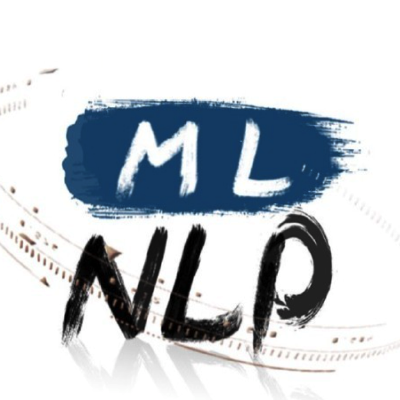Discover and explore top open-source AI tools and projects—updated daily.
BayLing by  ictnlp
ictnlp
Multilingual LLM for cross-lingual alignment and instruction following
Top 85.1% on SourcePulse
BayLing is a multilingual large language model designed to bridge cross-lingual alignment and instruction following, particularly for English and Chinese. It targets researchers and developers working with multilingual NLP tasks, offering superior performance in English/Chinese generation and instruction following, with capabilities extending to over 100 languages through efficient alignment techniques.
How It Works
BayLing achieves efficient language alignment by combining high-resource language instructions (Chinese and English) with cross-lingual instructions for over 100 languages during training. This approach facilitates knowledge transfer from high-resource languages to low-resource languages, enhancing its multilingual generative capabilities. The model is based on the LLaMA architecture, with versions available in 7B, 13B, and Llama-3-8B parameter sizes.
Quick Start & Requirements
- Install: Clone the repository and install requirements:
pip install -r requirements.txt. - Prerequisites: Python 3.10, PyTorch 2.0, transformers 4.28.1, FastChat. GPU with at least 10GB (7B model) or 16GB (13B model) VRAM is recommended for command-line interaction.
- Setup: Basic setup involves cloning the repo and installing dependencies. Applying delta weights requires downloading base LLaMA models.
- Links: Homepage, Demo, BayLing 1 Paper, BayLing 2 Paper.
Highlighted Details
- Achieves 90% of ChatGPT's performance on various multilingual and general tasks.
- Demonstrates strong performance on WMT22 multilingual translation benchmarks, competitive with specialized models and other LLMs.
- Human evaluations show BayLing-13B ranks first in translation quality (18%), instruction following (30%), and multi-turn interaction (20%), second only to ChatGPT.
- Evaluated on standardized tests like GaoKao, SAT, GRE, and GMAT, showing competitive results against models like GPT-3.5-turbo.
Maintenance & Community
The project is developed by the NLP Group of the Institute of Computing Technology, Chinese Academy of Sciences (ICT/CAS). Updates are regularly posted, with recent releases of BayLing-2 models on Huggingface. Contact: bayling@ict.ac.cn.
Licensing & Compatibility
Model weights (delta version) and inference code are released under GNU General Public License v3.0 (GPLv3). The online demo is for non-commercial use only and is subject to LLaMA's Model License, OpenAI's Terms of Use, ShareGPT's Privacy Practices, and WMT22's Data License.
Limitations & Caveats
BayLing may generate inaccurate factual information, lacks proficiency in reasoning, mathematics, and coding tasks, and carries a risk of producing harmful or biased content. It cannot guarantee absolute accuracy. The project disclaims responsibility for data security, public opinion risks, or misuse of the models.
1 year ago
Inactive

 Langboat
Langboat wenge-research
wenge-research SkyWorkAIGC
SkyWorkAIGC HIT-SCIR
HIT-SCIR artitw
artitw michael-wzhu
michael-wzhu xverse-ai
xverse-ai AI4Bharat
AI4Bharat ymcui
ymcui MLNLP-World
MLNLP-World facebookresearch
facebookresearch